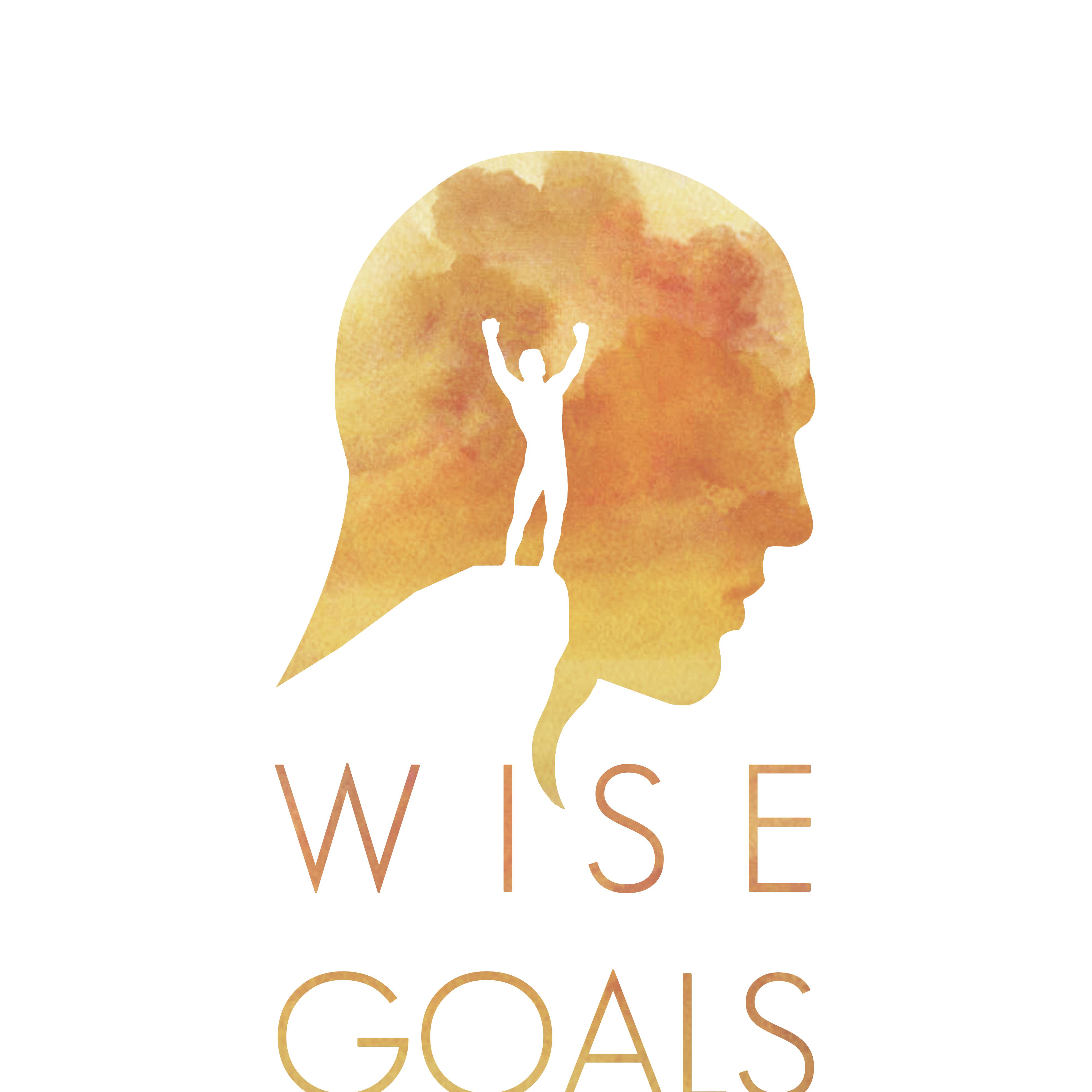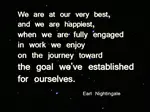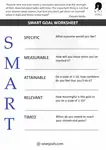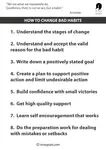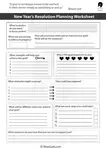- Home
- All About Goal Setting
- Levels of Change
Neurological Levels of Change: A Deep Dive Into Dilts' Model and How It Can Transform Your Goals
Have you ever worked hard on a habit — only to find it just doesn’t stick?
Or tried to change a behaviour, but something deeper seems to resist?
You're not alone. That’s where the Neurological Levels of Change model by Robert Dilts can help.
This powerful framework helps you understand where change is happening — and where it might need to happen to create lasting transformation. It’s one of the most helpful tools I’ve found for setting meaningful, sustainable goals.
In this article, we’ll explore each level of the model, how they influence one another, and how you can use this understanding to bring more alignment and energy into your personal goals.
What Are the Neurological Levels of Change?
The Neurological Levels of Change model was developed by Robert Dilts, building on ideas from Gregory Bateson. It describes six key levels of human experience, each of which influences the ones beneath it. Change is more likely to be successful when all these levels are aligned.
Imagine trying to adopt a new behaviour — say, writing every day. If the space you’re working in is noisy (environment), or you don’t believe you’re a creative person (identity), your efforts might stall. The model helps you pinpoint those deeper blocks.
The six levels, from bottom to top, are:
1. Environment
Question: Where and when do I act?
This is your external context: the people, places, time, and conditions in which behaviour happens. It’s the most visible and surface-level area of change.
- Are you surrounded by noise and distraction?
- Do you have access to the right resources?
Small shift, big impact: Even something as simple as changing your workspace, decluttering, or setting boundaries can drastically improve follow-through.
2. Behaviour
Question: What am I doing?
This includes your visible actions — the habits, routines, and choices you make. Most goal-setting approaches focus here.
- What are you doing consistently?
- What are you avoiding?
Key tip: Sustainable change at the behaviour level often requires support from the higher levels (especially identity and values).
3. Capabilities
Question: How do I do it?
This level refers to your skills, knowledge, strategies, and competencies. It answers the question: Do I know how?
- Do you have the tools and techniques you need?
- Do you believe you can learn new skills?
For goal setting: Consider what you need to develop. If you’re trying to build a new habit, do you have a system in place? If not, that’s a great place to start.
4. Beliefs and Values
Question: Why am I doing this?
This is where motivation lives. Beliefs can empower or sabotage us without us realising it. Values are what matter most to us — they anchor meaning.
- Do you believe the goal is possible?
- Do your values support or conflict with the goal?
Common pitfall: Many people set goals that conflict with their internal values (e.g. a goal driven by pressure or fear). Unsurprisingly, these goals feel heavy and hard to sustain.
5. Identity
Question: Who am I?
This is your self-image. It’s one of the most powerful drivers of behaviour. If your identity clashes with the goal, even the best strategy won’t stick.
- Do you see yourself as someone who follows through?
- Is this goal aligned with who you believe you are (or want to be)?
Goal tip: Ask yourself, “Who am I becoming through this goal?” Instead of asking what to do, start asking who you want to be.
6. Purpose (or Spiritual Level)
Question: For whom or what am I doing this?
This level reflects your wider vision, calling, or mission. It’s what connects your actions to a greater whole. It might be tied to family, legacy, contribution, or something deeply personal.
- What’s the larger reason behind your goal?
- Who benefits from your growth?
Pro tip: Goals connected to contribution or service often create more energy and meaning than purely self-focused ones.
Why This Model Matters
Most of us try to change behaviour without looking deeper. That’s like planting a tree in toxic soil and wondering why it doesn’t grow.
When a goal isn't working, this model helps you:
- Understand where the resistance is coming from
- Align your efforts across all six levels
- Make changes that stick because they fit who you are
Applying the Model to Your Goal
Here’s how you can use the model with any goal you’re working on:
Step 1: Choose a goal that matters to you
It might be something like:
- Building a daily mindfulness habit
- Launching a creative project
- Healing a stuck relationship pattern
Step 2: Reflect across each level
Ask:
- Environment: What external factors are helping or hindering me?
- Behaviour: What am I doing consistently?
- Capabilities: What skills, strategies or tools would help?
- Beliefs & Values: What do I believe about this goal? Does it feel aligned with my values?
- Identity: Is this goal connected to who I am or who I want to be?
- Purpose: Why does this matter beyond just me?
Step 3: Adjust from the top down
Change is most powerful when it begins from the top. Shifting purpose, identity or beliefs can create ripple effects down to behaviour and environment.
Example:
- A person trying to exercise more might get further by shifting identity (“I’m someone who takes care of my body”) than just downloading another fitness app.
Real-Life Example: Morning Writing Habit
Say your performance goal is to write for 20 minutes each morning. Let’s walk through the model:
- Environment: Is your desk clear? Do you have quiet space?
- Behaviour: Are you writing at the same time daily?
- Capabilities: Do you know what to write? Do you have a method?
- Beliefs: Do you think, "I’m not creative" or "I’m not consistent"?
- Identity: Do you see yourself as a writer?
- Purpose: Why does writing matter? Who does it serve?
Even one shift — like adjusting your environment or reconnecting to purpose — can unlock stuckness.
Final Thoughts
The Neurological Levels of Change model gives you a powerful lens to view personal growth. It reminds us that change is complex, layered, and deeply human.
When you feel stuck or frustrated with a goal, ask:
"What level might I be overlooking?"
It might not be about effort. It might be about alignment.
And when your goals are aligned across all six levels? They start to feel natural. Energising. Sustainable. Even joyful.
Want Help Exploring These Levels?
This is exactly the kind of work we do in WiseGoals Coaching. If you’d like to explore a goal with support — in a way that is compassionate, research-backed, and tailored to you — Book a free Coaching Consultation.
- Home
- All About Goal Setting
- Levels of Change
Who I'm Affiliated With
I'm proud to be part of professional networks that value evidence-based practice, inclusion, and social impact.

